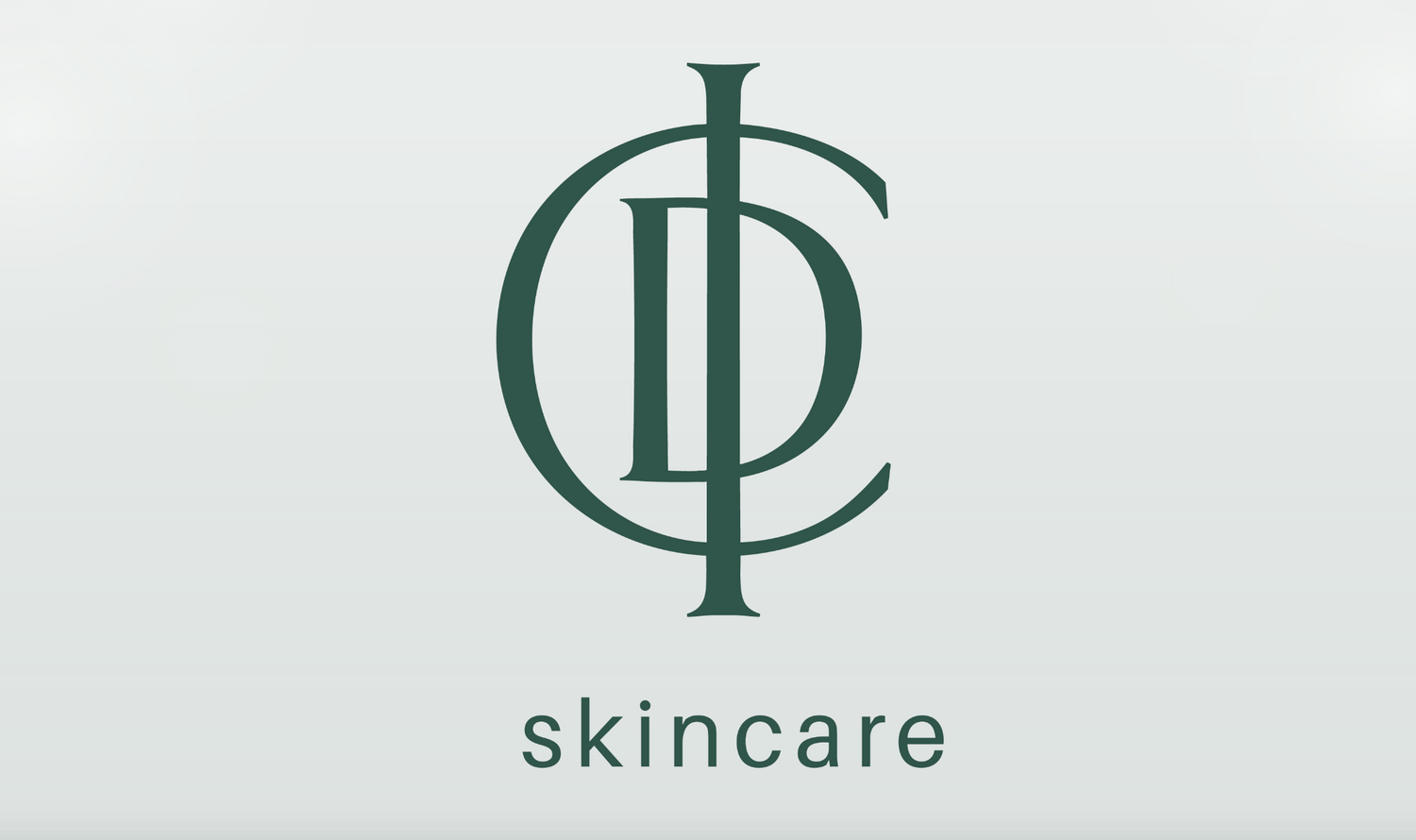Hyperpigmentation is a common skin condition that causes patches of skin to become darker than the surrounding skin. It can be caused by various factors, including sun damage, inflammation, and hormonal changes. While it can be frustrating and sometimes embarrassing, there are effective treatments and skincare practices that can help to reduce hyperpigmentation and achieve a more even complexion.
Causes of Hyperpigmentation
- Sun Damage: Excessive exposure to ultraviolet (UV) radiation from the sun is the most common cause of hyperpigmentation. UV rays can trigger the overproduction of melanin, the pigment that gives skin its color.
- Inflammation: Skin inflammation, whether caused by acne, eczema, or other factors, can lead to post-inflammatory hyperpigmentation (PIH). This occurs when the skin produces excess melanin in response to inflammation.
- Hormonal Changes: Hormonal fluctuations, such as those that occur during pregnancy or menopause, can cause hyperpigmentation. This is often referred to as melasma or "mask of pregnancy."
- Medications: Certain medications, such as birth control pills or antibiotics, can increase the risk of hyperpigmentation.
- Skin Injuries: Wounds, cuts, or burns can lead to hyperpigmentation as the skin heals.
- Genetic Predisposition: Some people may have a genetic predisposition to hyperpigmentation.
Types of Hyperpigmentation
- Melasma: This is a type of hyperpigmentation that often appears as dark patches on the face, particularly the cheeks, forehead, and upper lip. It is commonly associated with hormonal changes, such as pregnancy or birth control use.
- Post-Inflammatory Hyperpigmentation (PIH): This occurs when the skin produces excess melanin in response to inflammation caused by acne, eczema, or other skin conditions.
- Freckles: These are small, flat, brown spots that are often present from birth or appear during childhood. They are caused by genetic factors and sun exposure.
- Age Spots: Also known as liver spots, age spots are flat, brown patches that typically appear on sun-exposed areas of the skin as we age.
Treating Hyperpigmentation
While hyperpigmentation can be challenging to treat, there are several effective options available:
- Topical Treatments: Over-the-counter and prescription creams and lotions containing ingredients like hydroquinone, kojic acid, or azelaic acid can help to lighten dark spots.
- Chemical Peels: Chemical peels can exfoliate the top layer of skin, revealing brighter, more even-toned skin.
- Laser Therapy: Laser treatments can target hyperpigmented areas and help to break down melanin.
- Sunscreen: Protecting your skin from further sun damage is essential for preventing hyperpigmentation and maintaining an even complexion. Use a broad-spectrum sunscreen with an SPF of 30 or higher daily.
Home Remedies
While home remedies may not be as effective as professional treatments, they can complement your skincare routine and help to improve the appearance of hyperpigmentation. Some popular home remedies include:
- Aloe Vera: Aloe vera gel has soothing and anti-inflammatory properties that can help to reduce hyperpigmentation.
- Vitamin C: Topical vitamin C can help to brighten the skin and reduce the appearance of dark spots.
Preventing Hyperpigmentation
- Sunscreen: Always wear sunscreen with a broad-spectrum SPF of 30 or higher to protect your skin from UV radiation.
- Avoid Sun Exposure: Limit your time in the sun, especially during peak hours.
- Gentle Skincare: Use gentle skincare products that are free from harsh chemicals and fragrances.
- Address Underlying Conditions: If you have underlying skin conditions like acne or eczema, treat them promptly to prevent hyperpigmentation.
Conclusion
Hyperpigmentation can be a frustrating skin condition, but with the right approach, it can be effectively managed. By understanding the causes of hyperpigmentation and incorporating appropriate treatments and preventative measures into your skincare routine, you can achieve a brighter, more even complexion. Our Incellderm skincare line is gentle and has wonderful ingredients such as Niancinamide, Vitamin C, and Aloe Extract to help reduce the look of hyperpigmentation. Remember to consult with a dermatologist for personalized advice and treatment recommendations.





